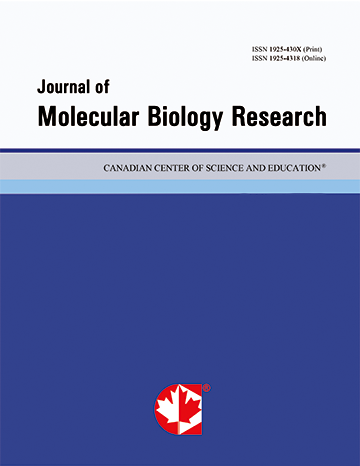Small Colony Variants and Triclosan Resistance in Five International Clones of Methicillin Resistant Staphylococcus aureus
- Al-Doori Z.
- Donald Morrison
- J. Philpott-Howard
Abstract
Triclosan (2.4.4’ trichloro-2’-hydroxydiphenyl ether) is a broad-spectrum biocide which is also used to decolonise patients with methicillin resistant Staphylococcus aureus (MRSA). Microbial resistance to biocides has recently been reported, so it is important that new products should be tested for resistance that may arise from continued exposure to such agents. In a previous study 232 strains of MRSA isolated during 1997-2000 in 30 Scottish hospitals were tested for triclosan susceptibility; overall the minimum inhibitory concentrations (MIC) of triclosan for these strains ranged from <=0.015 to 4 mg/L. In the present study, resistance to triclosan was examined in five major international MRSA clones [Clonal Complex (CC22, CC30, CC45, CC8 and CC5)] by growing them in brain heart infusion broth in the presence of increasing concentrations of triclosan (0.03mg/L, 0.06 mg/L, 0.125 mg/L, 0.25 mg/L, and 0.5 mg/L ) for up to 67 days. Different MRSA clones showed different degrees of triclosan tolerance. CC22 (EMRSA–15), CC30 (EMRSA-16) and CC5 triclosan-tolerant derivatives showed a significant increase in triclosan MIC when compared to their parents, principally through the appearance of pinpoint-size small colony variants (SCV), as well as colonies of normal or small size. These MRSA SCVs emerged in different clones and at different times of exposure to triclosan. The triclosan MICs of mutants of all colony sizes rose to 4 mg/L in all clones except MRSA111-29 (CC45) which had an MIC 4-8 mg/L. Triclosan-resistant MRSA strains were also able to grow in the presence of higher triclosan concentrations: 1.25 mg/L (CC22), 10 mg/L (CC30), 25 mg/L (CC45), 5 mg/L (CC8) and 25 mg/L (CC5). In addition, six triclosan resistant derivatives from each MRSA clone, together with their parental clone, were examined by antibiogram, polymerase chain reaction (PCR) ribotyping and detailed susceptibility to triclosan in terms of MIC and kill kinetics. Susceptibility to the aminoglycosides kanamycin, neomycin and tobramycin was decreased in four clones, and tetracycline susceptibility increased in one clone. PCR ribotyping confirmed clonally similar to the mutants. Kill kinetics of both parents and their triclosan resistant mutants showed 5-Logs reduction at 0.5 min and 5 min respectively in all five clones. In conclusion, repeated exposure of MRSA to triclosan may result in resistance to this biocide, and to clinically-relevant antimicrobials.
- Full Text:
 PDF
PDF
- DOI:10.5539/jmbr.v7n1p112
Index
Contact
- Grace BrownEditorial Assistant
- jmbr@ccsenet.org
